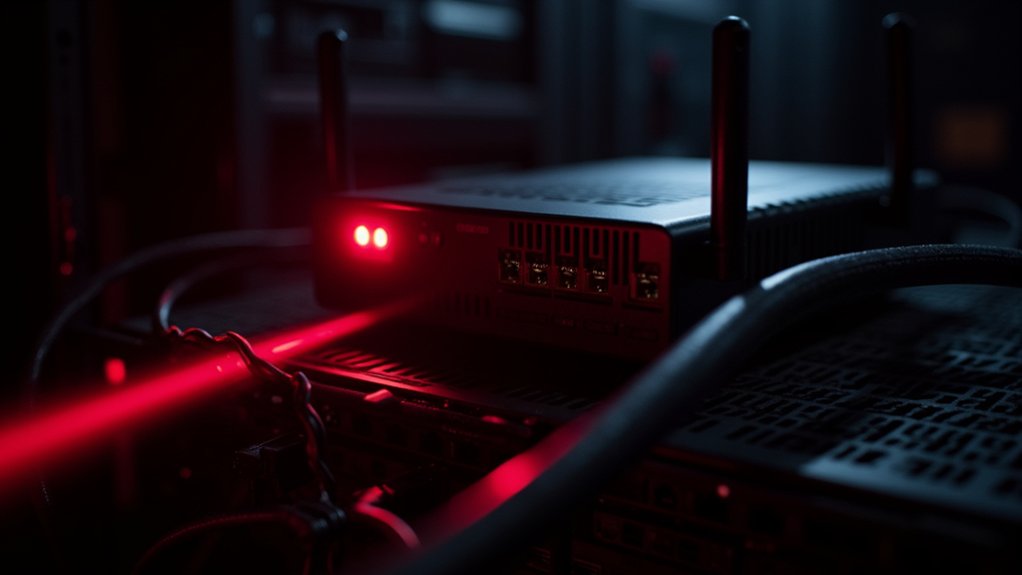A critical security breach has arisen in Microsoft’s SQL Server infrastructure, as the technology giant tackles CVE-2025-49719, an information disclosure vulnerability that permits remote attackers to extract sensitive data without authentication. The zero-day flaw, rooted in improper input validation and memory handling, allows unauthorized access to uninitialized memory containing authentication credentials, connection strings, and other confidential information.
The vulnerability poses significant risks across Windows environments hosting SQL Server installations, with attackers capable of exploiting the flaw remotely without requiring legitimate user credentials.
Security researchers have determined that the improper memory management permits data snooping through leaked memory fragments, potentially exposing authentication details that could facilitate lateral movement within compromised networks. Applications utilizing OLE DB drivers face similar exposure risks, broadening the attack surface beyond direct SQL Server implementations.
Improper memory management enables attackers to extract leaked authentication fragments, expanding attack vectors beyond SQL Server to OLE DB applications.
Microsoft released patches tackling CVE-2025-49719 during the July 2025 Patch Tuesday cycle, which resolved 137 total vulnerabilities, including 14 rated as critical and 10 allowing remote code execution. The patch cycle addressed additional elevation of privilege vulnerabilities across Microsoft’s product portfolio, with 53 such flaws requiring immediate attention.
In spite of Microsoft’s assessment rating exploitation as “less likely,” security experts highlight the heightened risk following public disclosure of the vulnerability’s technical details. The company credited an anonymous researcher and Yuki Chen for uncovering the flaw. Advanced attack scenarios demonstrate how threat actors could leverage the vulnerability to map database structures and identify potential injection points for subsequent exploitation.
Attack scenarios illustrate concerning potential for database schema mapping, where threat actors could identify vulnerable injection points for subsequent exploitation. The leaked credential fragments present opportunities for privilege escalation, whereas the remote, unauthenticated nature of the exploit eliminates typical defensive barriers that authentication requirements normally provide.
Industry advisories have prioritized rapid patch deployment, particularly for database administrators managing critical SQL Server environments.
The vulnerability’s inclusion in multiple threat intelligence briefings highlights its significance within the cybersecurity community. The July patch cycle also addressed vulnerabilities affecting operational technology vendors, including Schneider and Siemens products.
Microsoft recommends immediate updates for SQL Server and OLE DB drivers, stating no alternative workarounds exist for mitigating the vulnerability.
Security teams are urged to audit their environments thoroughly, as the combination of remote exploitation capabilities and sensitive data exposure creates substantial risk for organizations relying on Microsoft’s database infrastructure.









